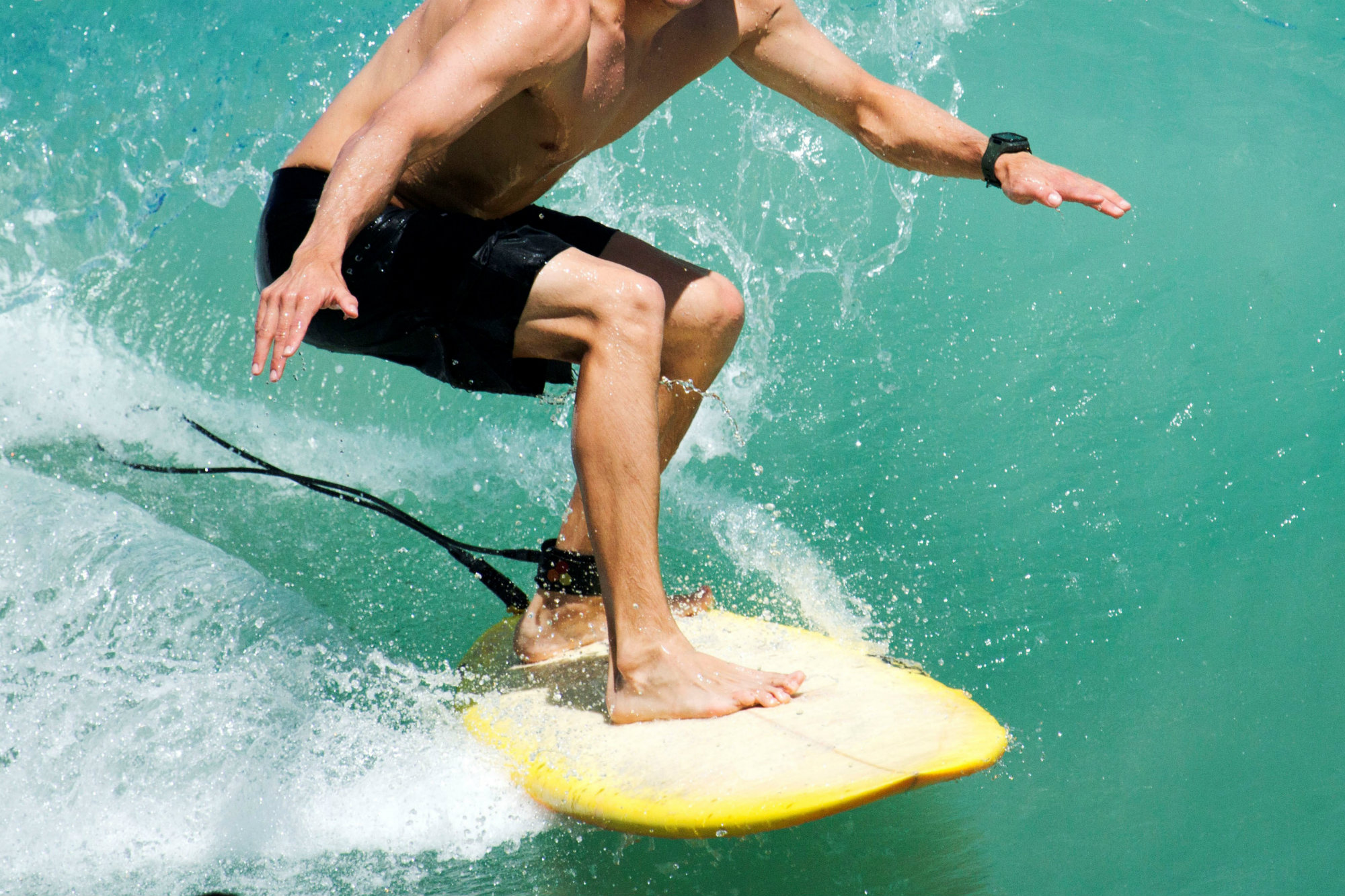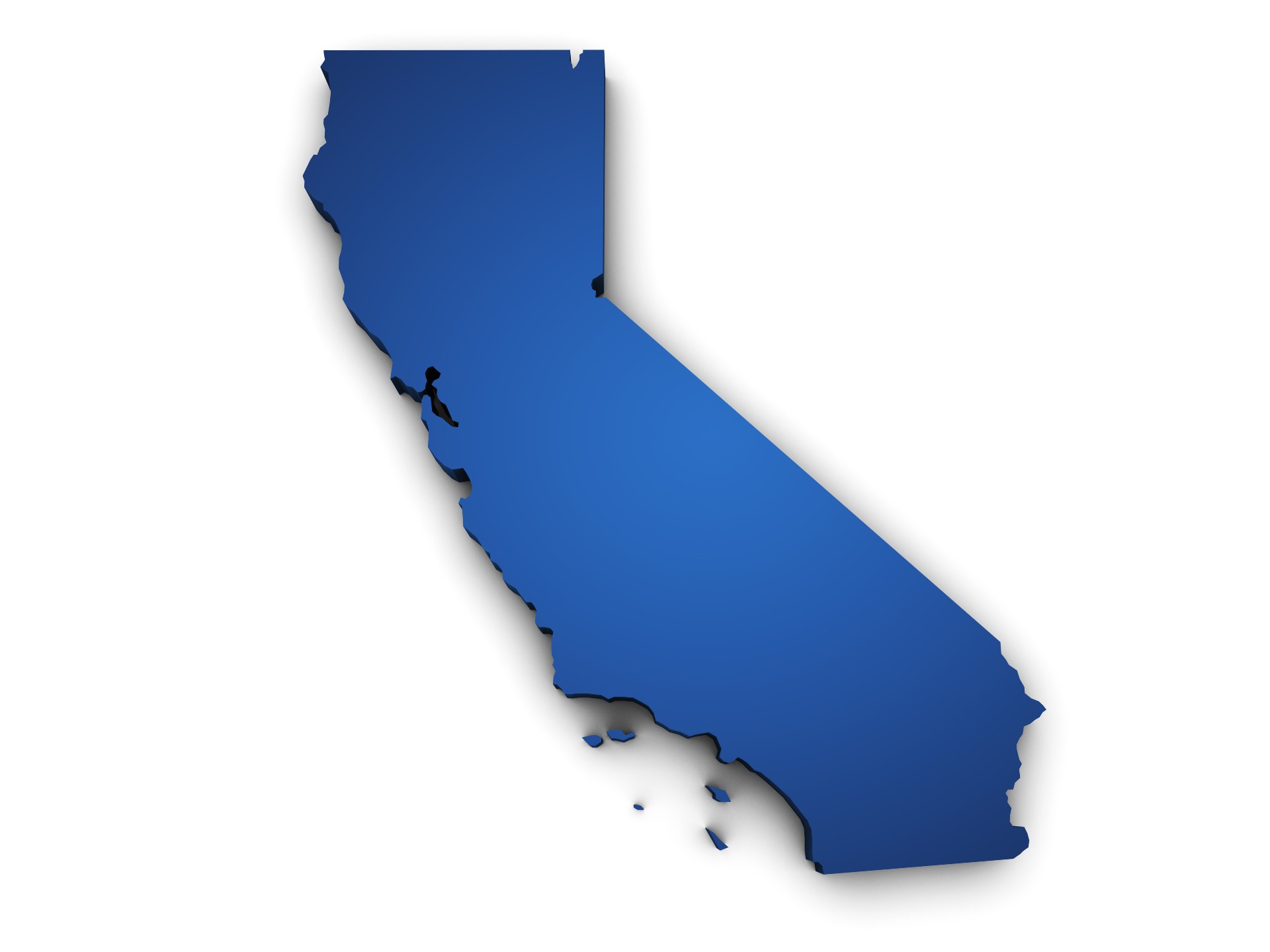Is it a fresh water lake or a swimming pool?
That’s the big question on the minds of many aquatics industry professionals following the death in late September of 29-year-old Fabrizio Stabile. The surfer visiting from New Jersey allegedly contracted the brain-eating amoeba naegleria fowleri while at BSR Cable park in Waco, Texas.
According to the Centers for Disease Control website, N. Fowleri, commonly referred to as the brain-eating amoeba, is a free-living microscopic, single-celled living organism that can cause a rare and devastating infection of the brain called primary amebic meningoencephalitis (PAM). It is commonly found in warm freshwater and soil and usually infects people when contaminated water enters the body through the nose. Infection typically occurs when people go swimming or diving in warm freshwater places, such as lakes and rivers. But in very rare instances, Naegleria infections also may occur from other sources, such as inadequately chlorinated swimming pool water or heated and contaminated tap water.
The CDC investigated the incident at BSR, and in mid-October the Waco-McLennan County Public Health District issued a statement explaining the results of the water sample tests. According to the official report, “N. fowleri was identified in the Cable Park but not specifically found in the Surf Resort, Lazy River, or the Royal Flush on the day of sampling.
Although the N. fowleri was not detected in the Surf Resort, Lazy River, or the Royal Flush, the presence of fecal indicator organisms, high turbidity, low free chlorine levels, and other amoeba that occur along with N. fowleri indicate conditions favorable for N. fowleri growth.”
Currently, the waterfeatures at the park are closed for the season, but the facility has responded to the report with the following headline posted to its website: “BSR Water CDC Test Results Come Back Clean.” Despite taking this hard stance, the company’s statement on the website indicates that the park is in the process of taking the necessary steps to improve the safety of its attractions.
“Although comprehensive test results have now confirmed that the water at BSR Surf Resort meets every standard for safety, today I am announcing that we are going the extra mile and hiring a North Carolina firm to install a state-of-the-art filtration system to make syre our water in the surf, on lazy river, and at the Royal Flush slide is as clear and clean as humanly possible. It will take us to February to complete the installation of this new filtration system working very closely with local, state and CDC officials,” it reads.
Those close to the case are still waiting on the CDC’s official statement, which typically appears in the organization’s Morbidity, Mortality Weekly Report. As the story makes its rounds online, however, aquatics professionals are addressing concerns about the incident and its greater impact on the industry.
Kevin Post, principal at Counsilam Hunsaker, is no stranger to the amoeba. He was called in to work with the CDC in 2016 after the death of a teenager who contracted it while at the U.S. National Whitewater Center in North Carolina, a freshwater facility. It was only the second such incident to have occurred at the time, and the death in Waco marks the third in 55 years. Ultimately, the facility in North Carolina addressed the issue by installing a UV system.
Despite the corrective action and low rate of occurrence, Post fears that future incidents could occur elsewhere as these types of facilities continue to grow in popularity.
“We will see this more and more,” he predicts.
According to reports, BSR also features what insiders have described as a manmade vessel containing freshwater, though details are somewhat scarce and vary from source to source. Post further explains that the facility’s features place it in an unusual position. Take, for example, what BSR claims is the state’s largest lazy river. Post says that although it appears to have been poured like any other lazy river, it isn’t classified as such. What’s more, from what industry leaders have gleaned, BSR’s surf pool is neither a swimming pool or a lake.
The vague classification, what some have gone so far as to call a loophole, has led Post and peers such as Roy D. Vore, a microbiologist, NSOF instructor/Certified Pool Operator and technology manager at BioLab, to suggest that municipalities consider reclassifying facilities like BSR.
Vore points to an incident several years ago involving an outbreak of cryptosporidium at a spraypark in New York as an example of how a facility can become unregulated. The incident led to language in the Model Aqautics Health Code regarding “increased risk aquatic venues,” which now requires UV or ozone.
“We have learned the hard way,” Vore says.
The Model Aquatic Health Code Annex, 2018 edition, defines an increased-risk aquatics venue as one that, due to its intrinsic characteristics and intended users, has a greater likelihood of affecting the health of bathers by being at increased risk for microbial contamination (e.g., by children less than 5 years of age) or being used by people who may be more susceptible to infection (e.g., therapy patients with open wounds). Examples of increased-risk aquatics venues include spray pads, wading pools and other facilities designed for children less than 5 years of age as well as therapy pools.
“Due to the physical design of surf pools of the type in Waco, it would be quite appropriate to discuss whether a unique classification such as this should be used,” Vore explains. “As part of that discussion, best practices for filtration and disinfection could be defined and made available to designers and operators. Those best practices would also include mandatory training.”
This isn’t the first time the dispute has surfaced. In 2016, a regulatory battle ensued between Austin Park, LLC, the owners of the manmade 10-acre surf lagoon NLand Surf Park, Travis County (Texas) and the Department of State Health Services, with the latter two filing a complaint alleging that Austin Park went forward with the project knowing it would not meet the state’s minimum requirements for public swimming pools. Under state code, the lagoon is classified as a swimming pool.
“One of the things we hope for with MAHC is that situations like this would get addressed through a national policy, but this is an example of how technology is surpassing the codes in each state,” Vore says. “Technology is moving faster than our guidance documents are moving.”
Even with this latest incident, Vore isn’t ready to sound the alarm quite yet.
“This only the second time anybody has associated this with anything that would even look like a swimming pool,” he says. “When you look at the numbers, and since the disease was first identified in 1965, 143 cases have been reported in North America out of a billion swimmers.”
He further attempted to tamper any fears by adding, “I have no measurable concern at all in traditional, well-maintained pools and spas.”



